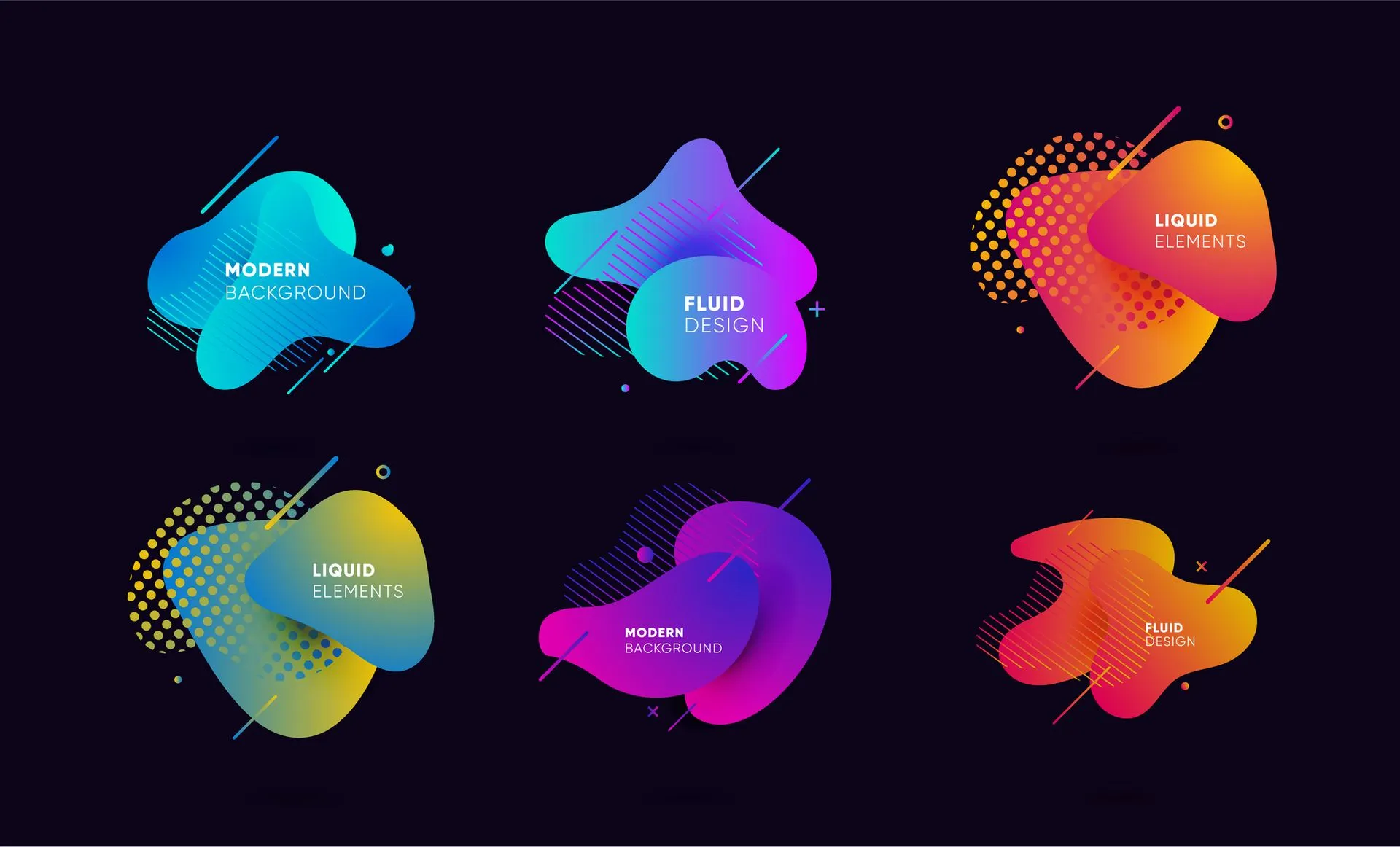
Tips and Insights for Effective Design, Messaging, and Marketing
Your brand identity is like the clothes you wear. It’s the first impression people have of you, and it’s what they use to judge your personality, values, and style. Just like clothes, your brand identity should be carefully crafted to reflect your unique character and personality. It should be consistent, visually appealing, and memorable.
In today’s highly competitive market, a strong brand identity is essential for success. It can be the difference between standing out from the crowd or blending in with the masses. It’s not enough to have a great product or service; you need to have a strong brand identity to back it up.
A strong brand identity is more than just a logo or color scheme; it’s a cohesive strategy that encompasses all aspects of your business, from design to messaging to marketing. Your brand identity should convey who you are as a company, what you stand for, and what sets you apart from the competition.
Think of some of the most successful brands out there, like Apple, Nike, or Coca-Cola. What do they all have in common? A strong and recognizable brand identity that is consistent across all platforms. You know what to expect from these brands and can recognize them from a mile away.
Creating a strong brand identity is a process that requires careful planning, research, and execution. It’s not something that can be achieved overnight, but with the right strategy and approach, it can be done successfully.
In the next sections, we’ll delve deeper into the key components of a strong brand identity, including effective design, messaging, and marketing strategies. We’ll provide actionable tips and insights that you can use to develop your own unique brand identity that resonates with your target audience and drives success for your business.
Define Your Brand Values and Mission
Mistake: Designing a website with a sole focus on search engine algorithms, sidelining the actual users. This approach is fundamentally flawed. Google and other search engines have progressively shifted their algorithms to prioritize websites that offer superior user experiences.
Solution: Factors such as site speed, mobile responsiveness, and intuitive navigation now play pivotal roles in determining your SEO rankings.
Insight: For instance, a website that loads in more than 3 seconds can lose nearly half of its visitors, directly impacting its search engine rankings due to increased bounce rates. Enhancing UX isn’t just about aesthetics; it’s about creating a seamless, accessible, and engaging environment for your visitors.2. Optimize for Local Keywords
Mistake: Guesswork has no place in an effective SEO strategy. Keyword research should be the bedrock of your SEO efforts, guiding the content creation process.
Solution: Tools like Google Keyword Planner and SEMrush offer insights into search volume, competition levels, and keyword relevance.
Insight: This research helps identify opportunities to target keywords that can drive targeted traffic to your site. For example, long-tail keywords, though lower in search volume, often have a higher conversion rate as they cater to more specific user intents.
3. Neglecting Content Quality
Mistake: In the quest for higher SEO rankings, it’s tempting to churn out content with a myopic focus on SEO metrics. However, content that lacks depth, relevance, or engagement does little to retain visitors or encourage conversions.
Solution: Incorporating original research, industry insights, and practical advice can make your content a valuable resource for readers, thereby improving your SEO performance. Content can be provided by an LA SEO Service such as Web Concepts Media where the content is provided unique and safe from copyright.
Insight: Google’s sophisticated algorithms are adept at discerning the value of content, rewarding sites that consistently provide useful, informative, and well-written material.4. Overusing Keywords
Mistake: While keywords are integral to SEO, their overuse, known as keyword stuffing, can be detrimental. Modern search engines are engineered to recognize and penalize such practices.
Solution: The key is to integrate keywords naturally within high-quality content. This approach not only pleases search engines but also ensures that your content remains engaging and informative for readers. SEO tips can be provided by a digital marketing agency.
Insight: A balanced keyword density, contextually relevant usage, and synonyms or related phrases can enhance your SEO without compromising the readability of your content.
5. Ignoring Meta Descriptions and Title Tags
Before you can create a strong brand identity, you need to know what your brand stands for. Defining your brand values and mission is the first step in creating a strong brand identity. Your brand values are the principles and beliefs that guide your business, while your mission is the purpose of your business. Defining your brand values and mission creates a foundation for your brand identity and ensures that all of your branding efforts are aligned with your core values and purpose.
- 1. Conduct a brand audit: Before defining your brand values and mission, it’s important to conduct a brand audit to gain a clear understanding of your brand’s current state. This involves analyzing your brand’s current messaging, visual identity including logo and color schemes and marketing efforts. This will help you identify areas for improvement and gain insight into your brand’s strengths and weaknesses.
- 2. Identify your target audience: Understanding your target audience is crucial when defining your brand values and mission. It’s important to consider who your target audience is, what their needs and preferences are, and how your brand can provide value to them. This information will help you create a mission statement and values that resonate with your audience.
- 3. Define your brand’s purpose: Your brand’s purpose is the reason your business exists beyond just making a profit. It’s important to define your brand’s purpose, which will guide your mission statement and values. Your brand’s purpose should be meaningful and specific to your business, and it should align with the needs of your target audience.
Develop a Brand Voice

Your brand voice is the tone and language you use to communicate with your audience. This should be consistent across all of your branding efforts, from your website copy to your social media posts.
- Who is your target audience?
- What kind of language do they respond to?
- What tone of voice should your brand use to connect with your audience?
By developing a consistent brand voice, you can create a more memorable and engaging brand identity.
Copywriting and content strategy are effective ways to create brand personality. The tone of voice, language, and messaging used in your copy and content can help define and convey your brand’s personality to your target audience. Through consistent use of language and messaging across all channels, including social media, blog posts, emails, and website content, you can establish a unique brand voice that resonates with your audience and helps differentiate your business from competitors.
A well-executed content strategy can also help showcase your brand’s values and mission, further strengthening your brand’s personality. By aligning your content with your brand values and mission, you can build trust with your audience and establish your brand as a thought leader in your industry.
It’s important to note that creating a brand personality through copywriting and content strategy takes time and effort. It requires a deep understanding of your target audience, your industry, and your brand’s unique identity. Working with a skilled copywriter or content strategist can help ensure that your brand personality is effectively communicated and resonates with your target audience.
Design a Memorable Logo
Your logo is the most recognizable part of your brand identity. It’s the first thing people see when they encounter your brand, and it’s what they remember long after they’ve interacted with you. Designing a memorable logo is crucial for creating a strong brand identity. Your logo should be simple, memorable, and reflective of your brand identity.
Designing a logo requires a combination of creativity, research, and technical skills. First, you need to research your client’s business and industry to get a clear understanding of their brand identity and target audience. Next, you can begin the creative process by brainstorming ideas and sketching out potential designs. Once you have a few concepts, you can start refining and iterating on them, considering factors such as color, typography, and composition. It’s important to remember that a logo should be simple, memorable, and versatile enough to work in a variety of contexts. Finally, you’ll need to use design software to create the final version of the logo in various formats for different applications, such as print and digital media or work with our talented graphic designers to input your idea into a reality!Create Consistent Branding Materials
Consistency is key when it comes to creating a strong brand identity in terms of design, messaging, and tone of voice. Using your logo, color palette, and brand personality consistently across all of your branding efforts. This will create a more cohesive and memorable brand identity.
Creating consistent branding materials is essential for establishing a strong brand identity. Consistency helps build trust and recognition with your audience, and it ensures that your messaging and design are aligned with your brand values and mission. To create consistent branding materials, start by defining your brand guidelines and style guide, including colors, typography, and imagery. Use these guidelines as a reference when creating any new materials, from social media posts to website design. Make sure to use the same tone of voice and messaging across all platforms, and be consistent with your visual elements, such as logo placement and font size. Regularly review and update your brand guidelines as your business grows and evolves, and ensure that all team members are aware of and following these guidelines to maintain a consistent brand image.
Use Storytelling to Connection to your Audience
Storytelling is a powerful tool for creating a connection with your audience. By telling the story of your brand, you can create an emotional connection with your audience and establish trust. Use storytelling in your branding efforts, from your website copy to your social media posts, to create a more engaging and memorable brand identity.
Storytelling is an essential part of branding as it creates an emotional connection with your audience. Through storytelling, brands can communicate their values, mission, and personality in a relatable and engaging way. By telling stories that resonate with your target audience, you can establish a deeper connection with them, and they can see themselves in your brand’s narrative. Storytelling can also help to differentiate your brand from competitors, as it allows you to showcase what makes your brand unique and special. Through consistent storytelling across all branding materials, you can create a cohesive and memorable brand identity that resonates with your audience and drives brand loyalty.